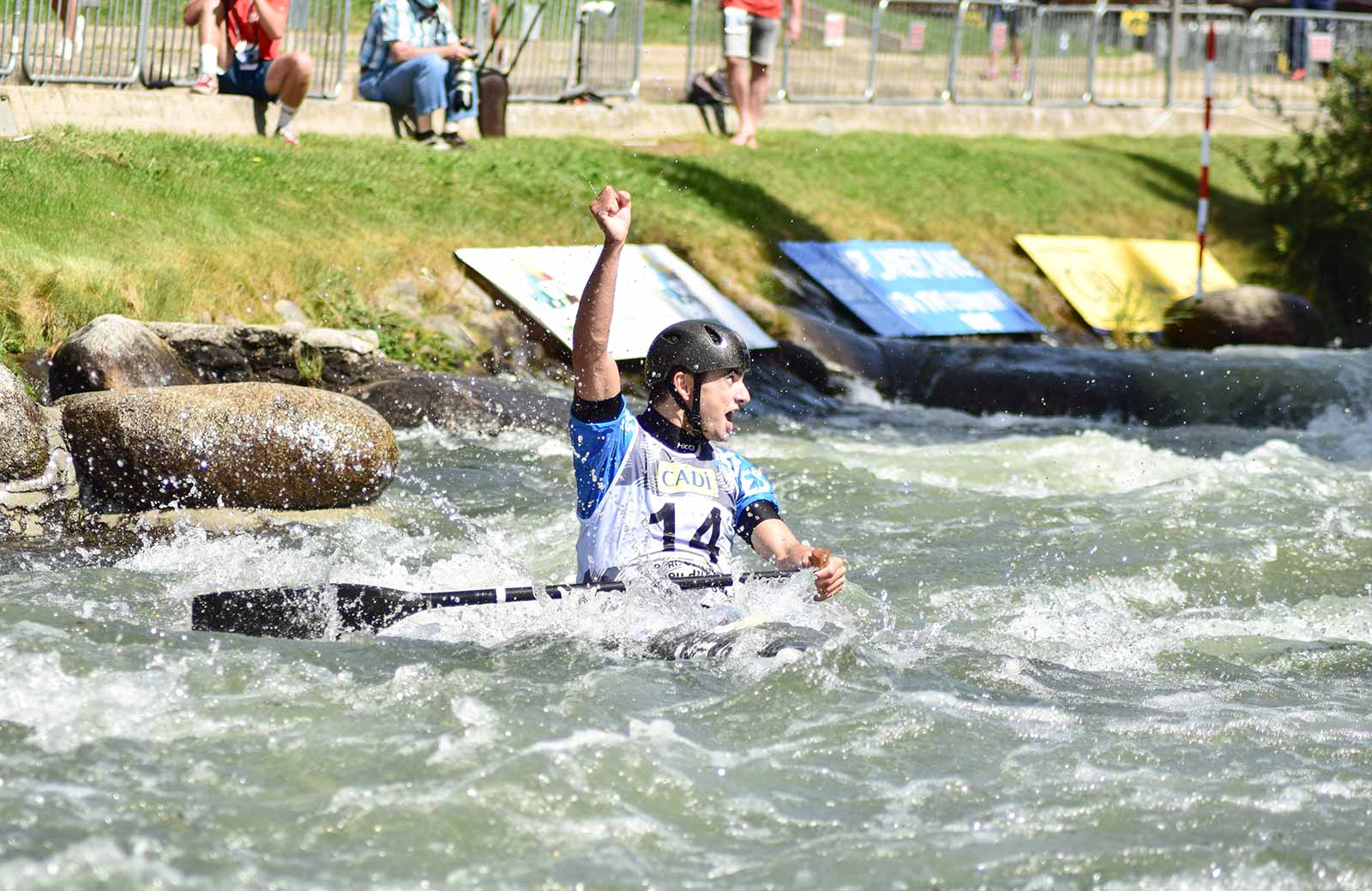
An Olympic venue
In a small city build between two mountain rivers, Valira coming from Andorra and Segre coming from France, the whitewater canoeing sport started in 1964 with the foundation of the local club. The tradition of timber rafting to transport logs through the river Segre in XVIII century was an easy preamble of this passionate sport.
Canoe as sport started in England in 1866, was developed in central Europe and North America at the beginning of the XXth Century and boosted on the second half when fiber glass boats improved performances in a permanent challenge. In Berlin 1936 Olympic Games the canoe sprint disciplines joined the IOC program, and in Munich 1972 (Eiskanal in Augsburg) canoe slalom was introduced in the Olympic Games for the first time. The next twenty years there were not whitewater canoeing events in the Olympic program, until the agreement for their reintroduction in 1988, to incorporate them in Barcelona 1992 Olympic Games, and it has remained in the IOC program ever since.

La Seu d’Urgell became in 1992 site of the Olympic Games, and Parc del Segre was the competition course. There were four busy years due to the Olympics to improve the city.
Canoe Slalom started in Switzerland, imitating ski racing, aiming to learn the development of technique, and knowledge of the water and their currents. Nowadays Parc Olímpic del Segre hosts Cadí Canoë-Kayak Club for basic sport promotion, the High-Performance Center for qualified young athletes and National Teams for specific training.
The Parc Olímpic del Segre facility also incorporates important innovations, that later have influenced the evolution of this sport in top level venues:
- The closing circle concept, that facilitates training and competitions
- The pumping and electric power station, to guarantee the water flow
- The boat conveyor lift, combining water channel and belt ramp
- Technology addressed to competition and training
- Broadcasting orientation design
Since the opening in 1991, Parc del Segre has prioritized functionality with environmental respect. The sport activity is combined with the recreational activities, the production of electricity and an open urban park for the citizens.
In July/August of 1992 were organized in La Seu d’Urgell the Barcelona 1992 Olympic competitions, with a participation of 135 athletes from 25 National Olympic Committees, competing in three individual categories K1 men, C1 men and K1 women and a double canoe C2 men. The event was a great success, also on TV, it was awarded by the IOC Silver Rings for sport in the Olympiad of Barcelona.
The 1992 Olympic Games propelled an urban plan renovation in La Seu d’Urgell, also the local Hospital was renewed. It was an experience to show the success affordable with unity, planning and proper execution.
In 1993 a municipal society was created to manage the facility. Three decades prove, now, the economic sustainability, with a break-even balance in annual basis and a generation of enough cash for maintenance and periodic renovation.
The canoe slalom discipline has had a progress in local and national level, up to achieve the second rank in 2019 World Championships participating 63 nations, with a full canoe slalom qualification and final competitions for Tokyo Olympic Games.
Parc Olímpic del Segre is a milestone in Olympic legacy, providing an induction of economic impact on the local region, estimated of three times the own business. The economic benefits should be added to social benefits provided by sport and urban park.
National and international competitions seek in Parc del Segre and the local organizers, the optimal conditions to challenge athletes and coaches, which in addition get the hospitality and closeness of bed and board in La Seu d’Urgell.
Up to now, in Parc Olímpic del Segre, RFEP has organized 19 ICF CSL World Cup, once the European Championships in 2011 and three ICF CSL World Championships in 1999, 2009 and 2019.


RAFTING PARC
Crta. Circumval.lació, s/n,
25700 La Seu d'Urgell, Lleida











